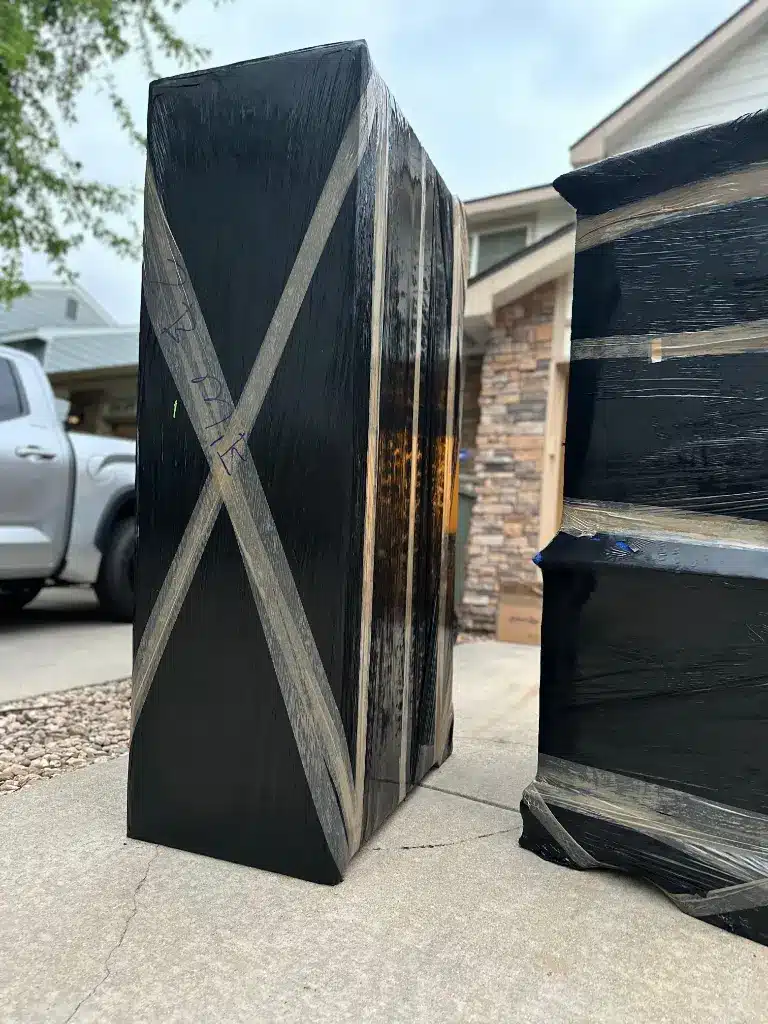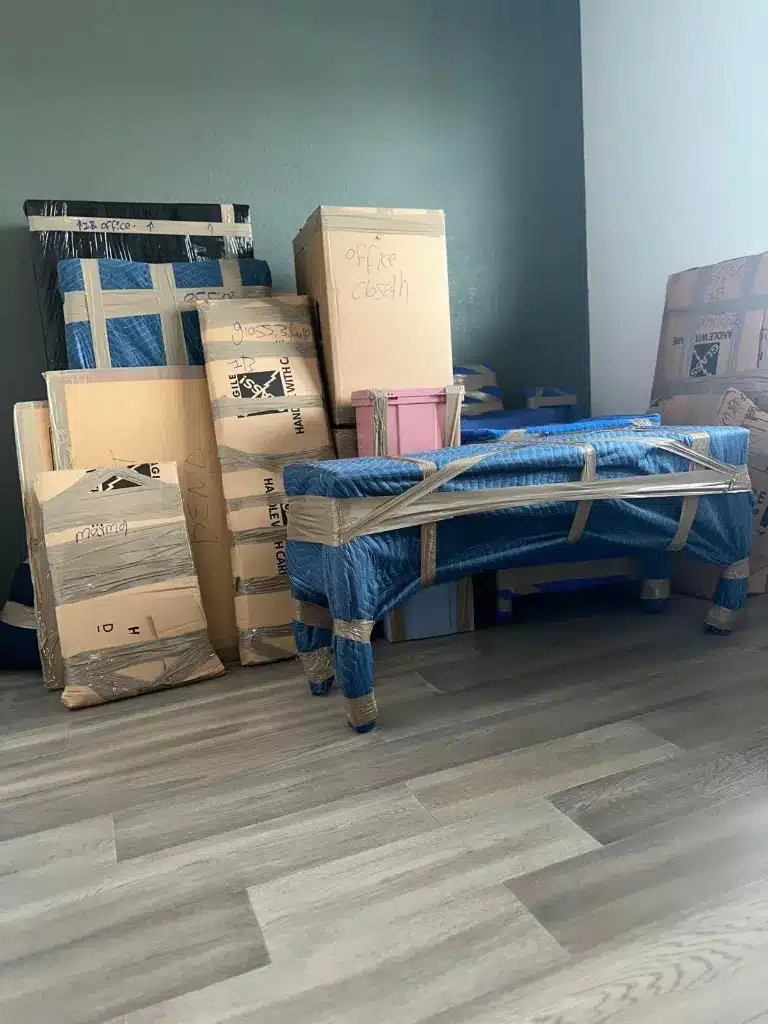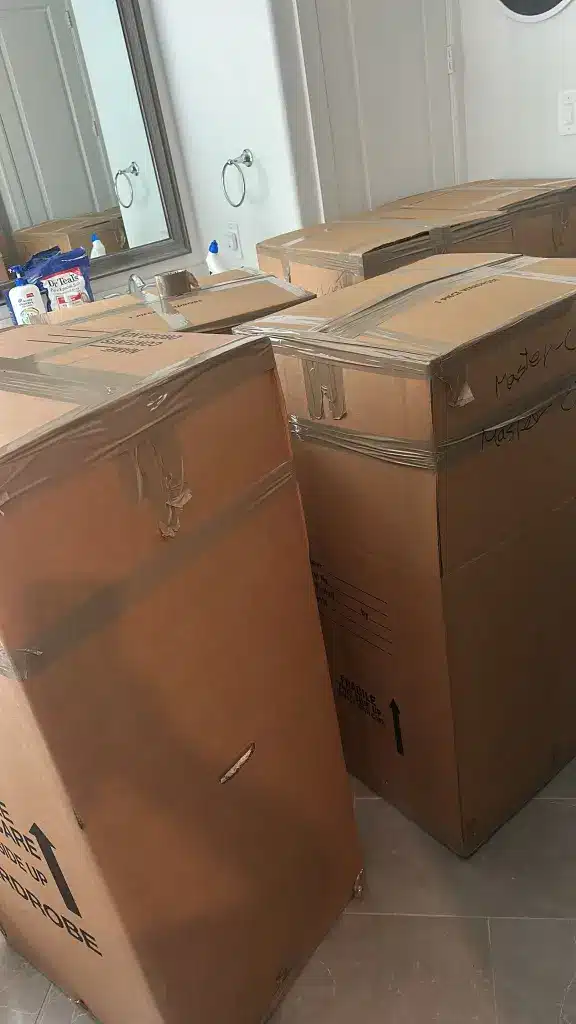Essential Packing Boxes and Moving Supplies
Let’s face it, nobody wants to make multiple trips to the store during a move. Plan ahead by gathering these must-have supplies before you start:
- Strong packing tape (lots of it!)
- Bubble wrap for delicate items
- Markers for labeling
- Box cutters for assembly and unpacking
- Packing paper (cheaper than bubble wrap for non-fragile items)
Beyond these basics, you’ll need a variety of cardboard containers. Most folks underestimate how many packing boxes they’ll use! For a standard two-bedroom home, expect to need around 40-50 assorted cartons. Remember to grab extra – you can always return unused ones if you buy from a moving supply company.
Choosing the Right Size Box: From Small to Large Moving Boxes
Not all containers are created equal! Small cartons work great for heavy items like books, tools, and canned goods. The rule of thumb? The heavier the items, the smaller the container should be. Medium-sized packing boxes are your go-to workhorses for most household goods like toys, small appliances, and clothing.
Large moving containers are perfect for bulky but lightweight stuff like comforters, pillows, and lampshades. Be careful not to overfill these – even light items get heavy when stacked together! Extra-large wardrobe cartons with hanging bars let you transport clothing without folding, which saves tons of time on both ends of your move.
Specialty Boxes for Fragile and Heavy Items
Some belongings need extra protection. Dish packs have double-thick walls and dividers to keep your plates and glasses safe. Picture cartons protect artwork and mirrors with their flat, adjustable design. We’ve seen too many broken treasures from people who tried to save money by skipping these specialty packing boxes!
Electronics deserve their original packaging whenever possible. If you’ve tossed those, specially designed TV cartons and computer packaging can be lifesavers. For oddly shaped items like lamps or vases, custom dish packs with extra padding work wonders. Yes, they cost more, but replacing broken items costs way more.
How to Pack Moving Boxes Efficiently
The secret to efficient packing isn’t just about which containers you choose – it’s how you use them! Start by sorting similar items together. Pack room by room and label each packing box with both the contents and destination room. This simple step saves hours during unpacking.
Fill spaces with packing paper or clothing to prevent shifting during transport. Aim for a snug fit without overstuffing. Heavier items should always go at the bottom, with lighter things on top. And don’t forget – an unstable or too-heavy container is an accident waiting to happen! When sealing, use the H-tape method: one strip across the middle seam and one strip across each side.

Conclusion: Best Moving Boxes for a Stress-Free Moving Day
The right packing boxes truly make or break your moving experience. Invest in quality containers that match your specific needs rather than grabbing random cartons from behind the grocery store. Trust me, proper moving supplies pay for themselves in protected belongings and reduced stress!
Remember to start collecting packing boxes early – at least a few weeks before your move. And don’t forget, many moving companies offer buyback programs for unused or gently used supplies. With the right containers and a solid plan, your next move can be surprisingly smooth. Happy packing, friends!



